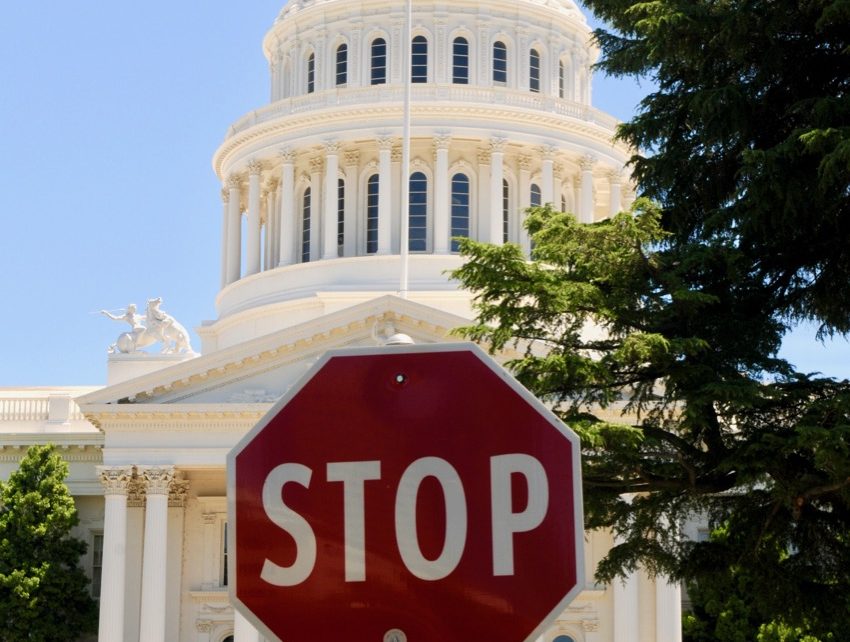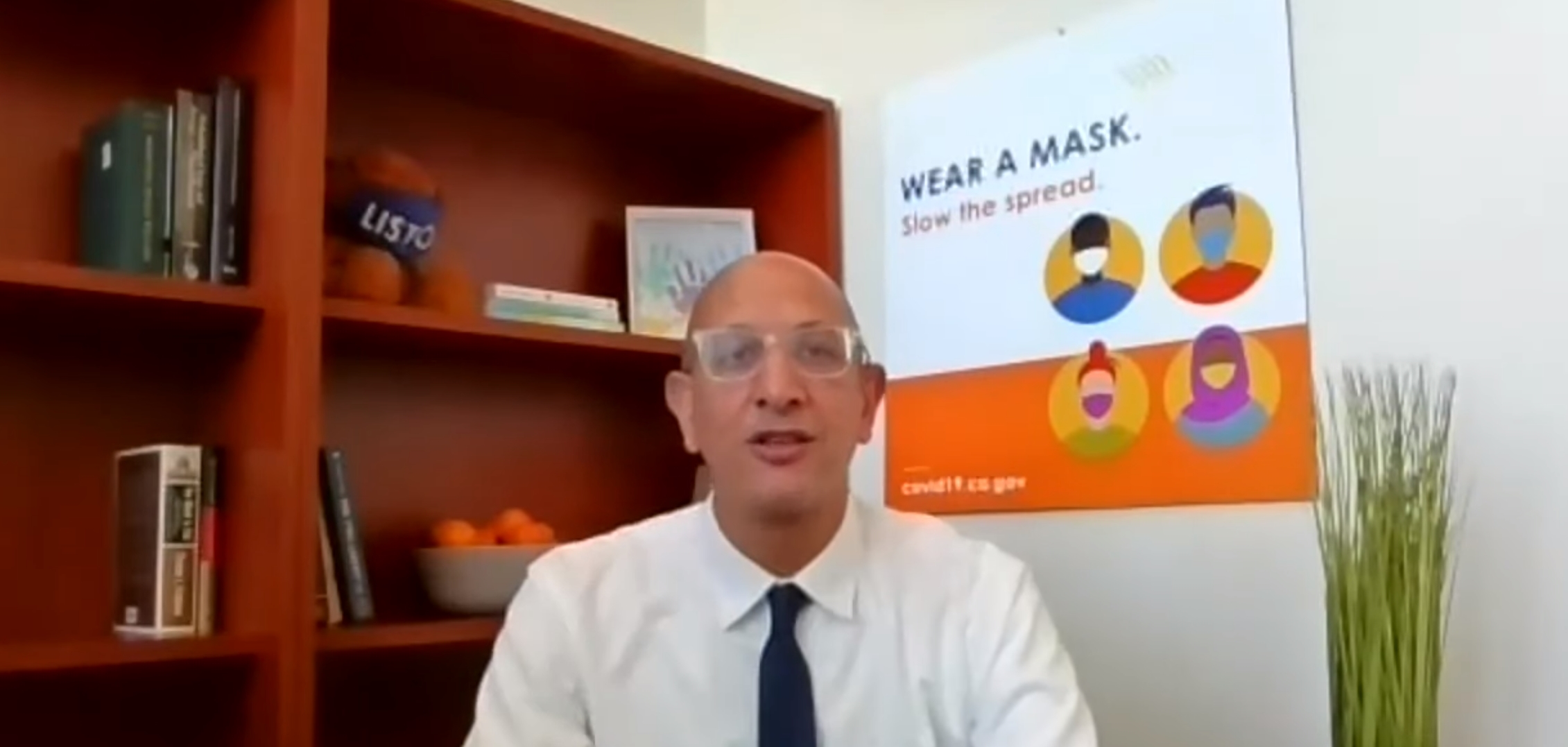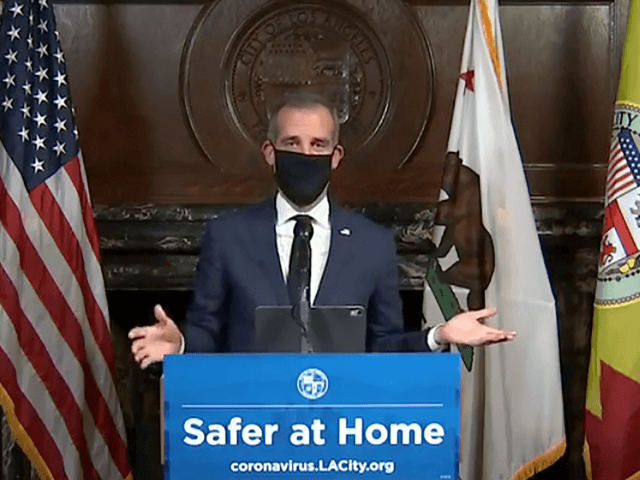
California State Capitol. (Photo: Kevin Sanders for California Globe)
Conducting Business in the State Capitol During COVID-19
Neither lobbyists nor members of the public can visit legislative offices
By Chris Micheli, June 16, 2020 10:10 am
What business is there to conduct in the California State Capitol during this time of pandemic?
The answer is “only committee hearings.”
Despite some staff and most legislators working in the Capitol building, at least to participate in legislative hearings, neither lobbyists nor members of the public can visit legislative offices. Instead, at least while in the Capitol, we are left to committee hearings that have been taking place since mid-April.
While I certainly hope for a “return to normal” when I can freely enter the State Capitol building and go to any legislative office I choose without an escort and attend hearings without getting anyone’s permission, it looks like the limited access to the State Capitol building may continue through the remainder of the 2020 Legislative Session, which is scheduled to adjourn on August 31.
Having been attending committee hearings since the first Senate special budget subcommittee hearing on April 16, the first held after the Legislature shut down and closed the Capitol building on March 16, I wanted to share details of participating in legislative proceedings under the Capitol Dome. From the outset, just know there are lots of rules to follow.
As you can read in the Senate Daily File and the Assembly Daily File, the Senate and Assembly are “committed to facilitating the ability [of the public] to take part in proceedings.” And, I must compliment the work of leadership staff in the Assembly and Senate for establishing three methods of participating in these proceedings (there is submitting letters, emails, and faxes to legislators): in-person at the committee hearing; by video conference in a separate hearing room; or, by telephone. The Assembly has also offered in limited instances the ability to testify by remote video set-up on the Capitol grounds.
As was the case prior to the pandemic, legislative proceedings are live-streamed, and you can access those hearings at the Senate website (www.sen.ca.gov) or the Assembly website (www.asm.ca.gov). For those who have watched these hearings, you know that testimony by telephone requires you to dial the phone number provided by the committee chair at the time of the hearing. The phone number is also posted on the committees’ websites and published in the Daily Files. It is usually posted on the television screen at least at the start of the hearing.
For those who choose to provide testimony in person or by video conference, you will have to enter the State Capitol building. In normal times, that would only mean going through security and heading to the committee room. Obviously, it was a simple process prior to the pandemic, although sometimes the line to get through security can be lengthy and, at times, we have found the hearing rooms filled to capacity.
To state the usual precautions if you plan to enter the Capitol building:
• Do not enter the Capitol if you have a cough or fever.
• If you have had the virus, and are required to remain at home and monitor symptoms, watch proceedings and participate from home.
During this time of COVID-19, getting into the Capitol for committee or video testimony is quite different. So, what do you need to know?
Prior to the Hearing
In light of the fact that the Sergeants (Sgts. at Arms in the Assembly and Senate) will not open the door until 10-15 minutes before the hearing begins, there is no need to get to the Capitol early. And you can only wait outside, not in the 6th Floor or basement cafeterias nor outside the hearing rooms. Moreover, in most of the hearings that I have attended in the Assembly and Senate, there are only a handful of persons who are not legislative employees that attend the hearings.
While legislative staff can only enter the Capitol from the south side (i.e., the N Street side), members of the public, media, and lobbyists can only enter from the north side (i.e., the L Street side) of the Capitol. Yes, that means my usual entrance, and that of hundreds of others (the East Steps coming through Capitol Park), remains locked.
If there is not a hearing that day, the Capitol is closed entirely to the public. Only legislative staff can enter. On days when there have been protestors, CHP officers have blocked all walkways to the Capitol, except on L Street across from Chicory. At L Street, they will allow you through the barricade if you advise the CHP officer(s) that you are there to attend a legislative committee hearing.
Once you enter the building, you are required to follow strict directions from the Sergeants-at-Arms. If you are attending a Senate hearing, then Senate Sergeants will be your escort. And, naturally, if you are attending an Assembly hearing, then the Assembly Sergeants will be in charge of you while you are in the building.
According to the Daily Files, “the public is highly encouraged to use face coverings” when you are in the Capitol. And, basically everyone does. Even legislators sitting on the dais who are socially distancing wear a covering. Some Members do remove their face mask then they speak.
While the official word is that “admission into the Capitol will commence 15 minutes before the hearing,” your entrance is actually dependent upon whether the hearing room is ready to receive attendees. Sometimes it is and sometimes it is not. But the hearing will not commence before you get into the room from what I have encountered the past six weeks.
There are tape markings leading up to the entrance of the L Street Pavilion. The tape is obviously set six feet apart. When you arrive at the door, the Sergeant will ask you where you where you would like to go. Your response is that you are attending the Senate / Assembly __ (specify the name of the committee) hearing scheduled for __ (specify the time) in Room __ (specify the hearing room).
If you are one of the two lead support or opposition witnesses, then you will be escorted to the hearing room or where the video conference equipment is set-up. As a lead witness, it is your choice to present testimony by phone, video, or in person. For the video testimony, that is generally in Room 2040 for Senate committee hearings and in Rooms 125, 126 or 127 for Assembly committee hearings. If you are going to the hearing room, then you will be escorted there.
Upon the Sergeant unlocking the door and allowing you to enter into the L Street Pavilion, you will immediately encounter one of the Capitol nurses. First, she asks four questions:
- Do you have a fever?
- Do you have a cough?
- Do you have a sore throat?
- Do you have shortness of breath?
In addition, the nurse will ask whether you have been around anyone in the past 24 hours who would answer yes to any of the four questions. If you answer yes to any of these five questions, you will not be allowed to enter the Capitol. If you answer “no” to each question, then the nurse will take your temperature as part of the screening process.
If you exhibit a normal temperature, then you can proceed to the security screening (i.e., the metal detector and x-ray for your possessions). If your temperature is above normal, you will be asked to wait a few minutes to see if it goes down (e.g., you may have been standing in direct sunlight while waiting to enter the Capitol and that can raise your temperature a few degrees). If your temperature is above normal, you will be asked to exit the Pavilion.
You must place your possessions and the bins into the holder (rather than the technicians who normally do so). A Senate or Assembly Sergeant will be waiting for you just inside the Capitol and he or she will escort you to the main elevator bank either in the old section (for hearings in the historic side of the Capitol) or the annex (across from the Governor’s Office) for hearings in Rooms 4202 or 4203. You cannot walk the stairs in the Capitol.
Once you exit the elevator, another Sergeant will be waiting for you and will escort you to the entrance of the hearing room. At that point, another Sergeant will bring you into the hearing room. In many instances, you will be assigned a seat. On other occasions, the Sergeant may allow you to take a seat of your choice (that is marked as open for seating). There are only a handful of empty seats without a placard that blocks you from the vast majority of seats.
During the Hearing
Once you take your seat in the hearing room, you notice immediately that the Chair (in the Senate hearings) is behind a glass partition. The legislators on the dais sit at least two chairs apart. And the committee’s chief consultant (Assembly) or staff director (Senate) is seated at what is normally the witness table. For this hearing, he or she will be acting as the committee secretary/assistant and taking roll and recording votes. The Republican Caucus consultant also sits in the hearing room, either behind the dais (Assembly) or in the audience (Senate).
There are also technicians who are handling the video conferencing and phone calls. At this point, you simply keep in your seat and wait for your author to show up and then testify as a lead witness or provide a “me too” in the hearing room. Seating is definitely limited – in the Capitol’s two largest hearing rooms, as well as the Senate and Assembly Galleries, there are only about two dozen available seats.
The Sergeants appreciate that you do not leave your seat without asking permission. Yes, it is required to even go to the restroom. You can certainly leave the hearing room to use the restroom, so long as someone else is not using it. The point is that you cannot wander around the hearing room or change seats or stand along the wall (all the things that we lobbyists do during normal times).
Also, you cannot stand outside the hearing room. So, even if you have a phone call (and you would normally go outside to the noisy hallway and conduct your phone call), you cannot step out and take it. You will have to leave the Capitol and re-enter the building after your phone call ends.
Something that I have encountered several times during the past few weeks is when I needed to move from an Assembly hearing to a Senate hearing, or vice versa. You may be surprised, but you will have to go downstairs and return to the Pavilion. In other words, if you are in Room 4202 (Assembly hearing room) and want to attend a hearing just across the hallway in Room 4203 (Senate hearing room), you have to be escorted down to the L Street Pavilion and get checked-out by the Assembly Sergeant and then checked-in with the Senate Sergeant. And then the Senate Sergeants will escort you to their hearing room. I know, it is a pain, but you adapt to the temporary procedures.
In terms of providing testimony, the procedure is the same in both the Assembly and Senate: First, the two main support witnesses get to testify. They can participate in-person, by video conference, or by telephone. Then the committee chair will turn to the “me too” testimony. First, those in attendance at the committee hearing room get to go. Second, those in the video conference room get to testify. Third, those on the telephone, sometimes more than a hundred of them, get to state their position. Thereafter, the process is repeated for the opposition testimony.
After the Hearing
When your bill concludes and you want to leave, or the hearing has ended, you signal the Sergeant that you are ready to leave and he or she will escort you to the exit of the hearing room and another Sergeant will take you to the elevator and you ride down the elevator. No, you cannot take the stairs. No, you cannot stop on another floor and wander around.
When you arrive on the first floor, another Sergeant will meet you and walk you to the L Street exit. The Senate and Assembly have done quite a bit to allow public participation, albeit limited in person, for these legislative proceedings. Nonetheless, I do look forward to being able to return to “normal” when any of us can wander the halls of the Capitol without restrictions or escorts.
- Joint Custody under California Law - December 9, 2025
- Change of Name in California - December 9, 2025
- Bond Elections and Harbor Improvement Bonds - December 8, 2025





How convenient that the COVID excuse results in the legislature not having to deal with the public much. Masks? Waiting in line? Personal questions? Having to ask permission to go to the bathroom? Escorted for every move one makes? This isn’t even necessary, and they know it. It’s theatre, it’s a show. And at this point they are so caught up in it we will never return to “normal.”